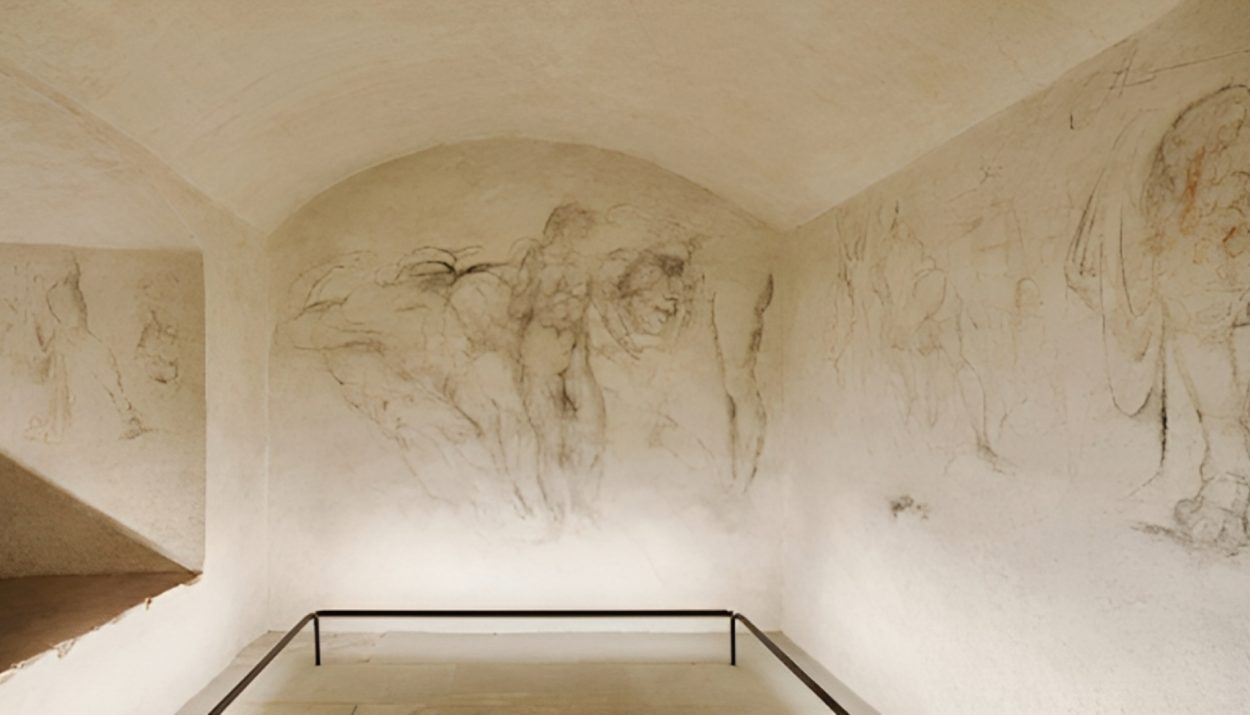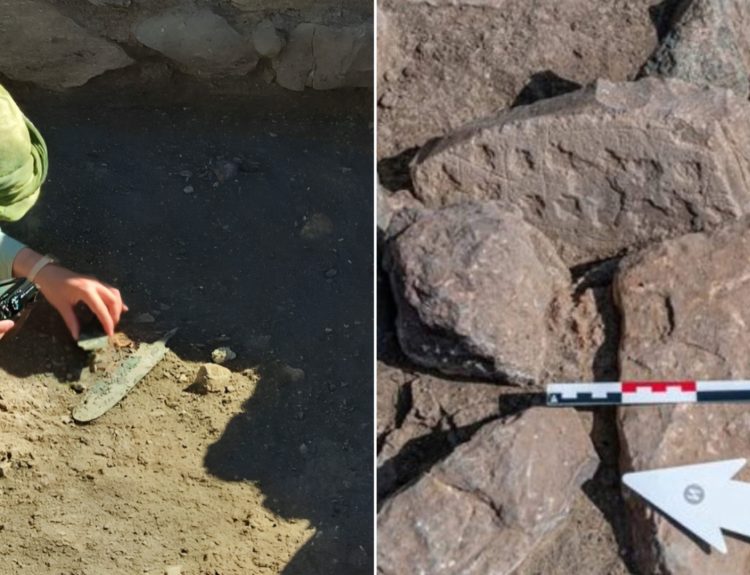Whether you’re someone who appreciates fine art or not, it’s still fascinating to learn about the people who created the great works of art that we still learn about today. Michelangelo is one of the trinity of masters of the renaissance, along with Leonardo da Vinci and Raphael, and his life is just as fascinating as the art that he created.
Early Days as a Schoolboy
Michelangelo was born in the Republic of Florence in the fifteenth century, to small-scale bankers in the town of Caprese. When Michelangelo’s father’s bank collapsed, he briefly took a position in the government in Caprese where Michelangelo was born.
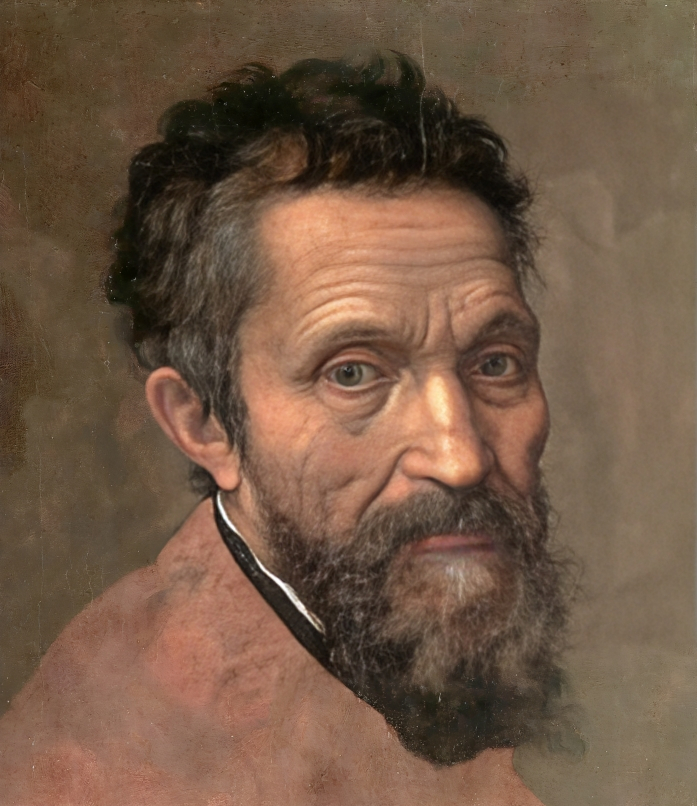
As a young man, Michelangelo was sent off on various apprenticeships in order to learn different skills, but he never expressed much interest in schooling. He spent more time copying paintings from churches and seeking out the company of artists than he did on his studies.
Early Days as an Artist
Michelangelo started as an artist at the tender age of 13. During his childhood, a group of artists were hired to work on the Sistine Chapel. Among them was Domenico Ghirlandaio, a master painter of fresco painting and perspective. At the age of 13, Michelangelo was apprenticed to Ghirlandaio to learn the art of painting.
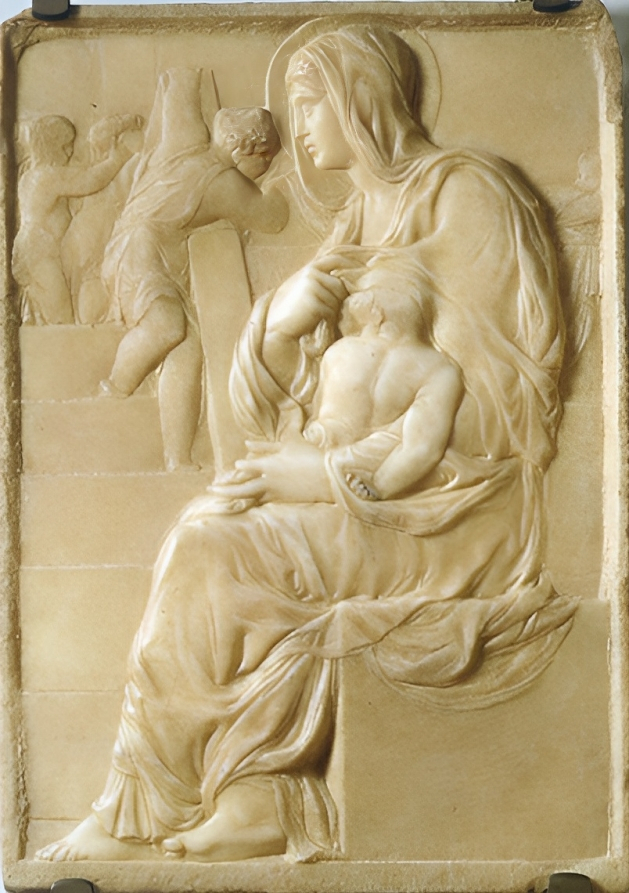
Michelangelo immediately showed promise, and at the age of 14, Michelangelo’s father managed to convince Ghirlandaio to pay Michelangelo for his work. This made Michelangelo a professional in the art field, which was an intensely rare achievement for someone so young.
Michelangelo’s Work Was Influenced by Philosophers of the Time
Michelangelo went on to attend the Platonic academy from the ages of 15 to 17, where his work was heavily influenced by philosophers and writers of the day. It was at this time that Michelangelo sculped some works that would later go on to fame, and his face was disfigured in an altercation with a fellow student.
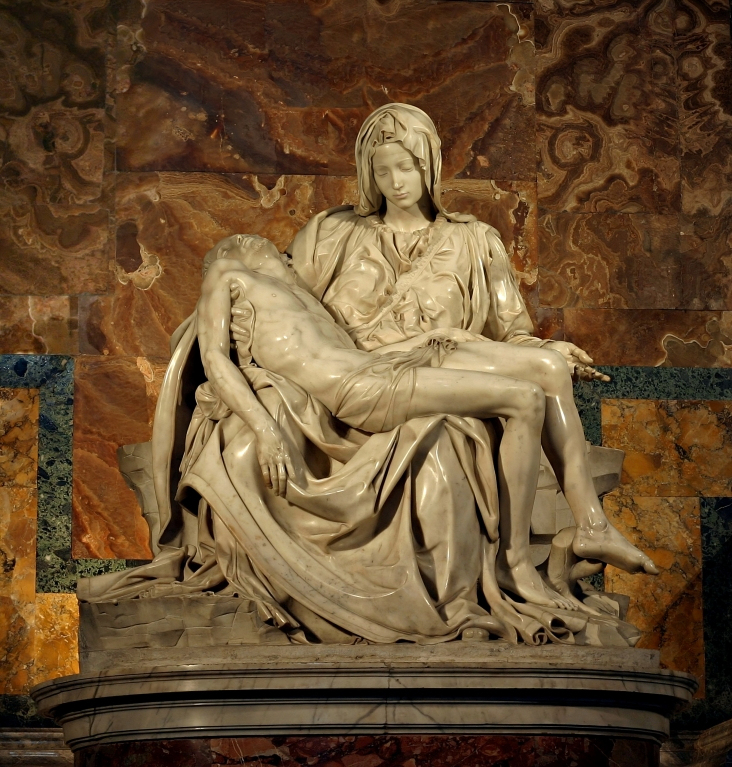
Michelangelo went on to continue working in sculpture as his life circumstances drastically changed. Changes in the Medici court saw Michelangelo expelled and brought back at various points to work on commissioned art, and by the age of 21, he was brought to Rome in order to start doing work for various church figures.
Paintings and Sculptures That We Still Admire Today
Michelangelo proceeded to create his most famous pieces during his time in Italy. The years that he spent in Rome and Florence are when he created the David, the Doni Tondo, and finally, the famous ceiling of the Sistine Chapel.
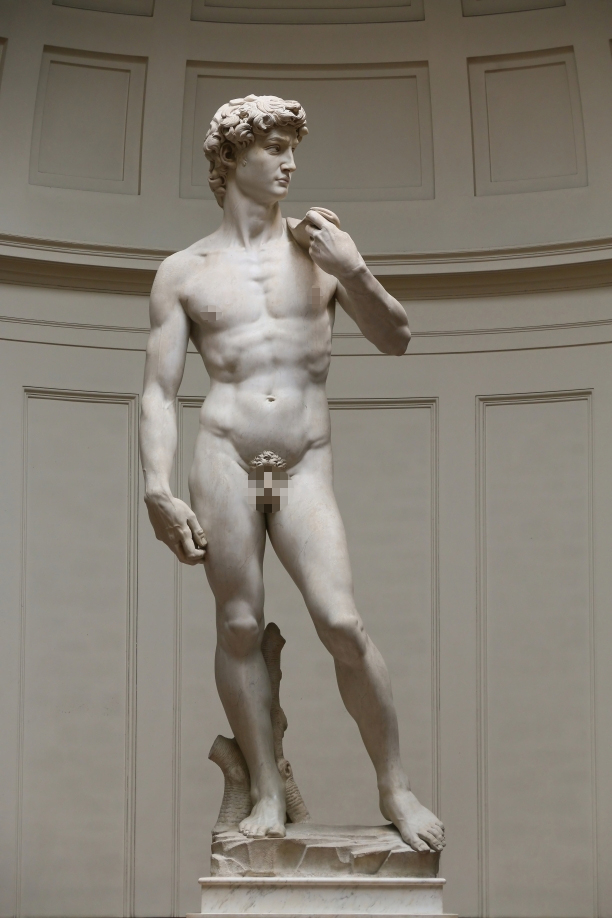
The ceiling of the Sistine Chapel is probably Michelangelo’s most famous work. It took four years to complete, and the painting stretches over 500 square meters of ceiling. Michelangelo painted the entire ceiling on freestanding scaffolding that allowed him to reach the ceiling without damaging his painting surface, in the fresco style that permanently fused the paint into the wall.
A Darker Side to the Art
Michelangelo’s life wasn’t all painting and debauchery, though. During the time of his most famous works, Italy was in turmoil, with the Medici family in the papacy and deeply unpopular with the people of Rome. In 1527, after the sack of Rome, the Italian people overthrew the Medici and restored the republic.
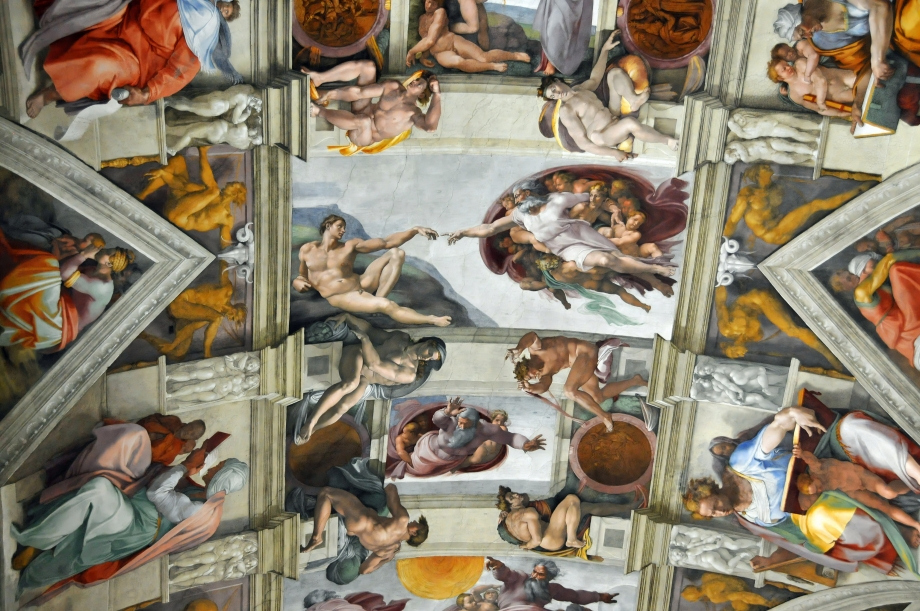
Michelangelo went to Florence to assist in working on the city’s fortifications, but the city fell by 1530 and the Medici were restored to power. Pope Clement, a Medici, sentenced Michelangelo to death for his part in supporting the revolution against them, and Michelangelo went into hiding.
A Self-Imposed Imprisonment
During this time, historians believe that Michelangelo fled and hid away in a small room for two months under the Medici chapels in the Basilica of San Lorenzo. The room that he was in only had a tiny window to let in light, and during this time, he drew many different charcoal paintings on the walls when he had the light.
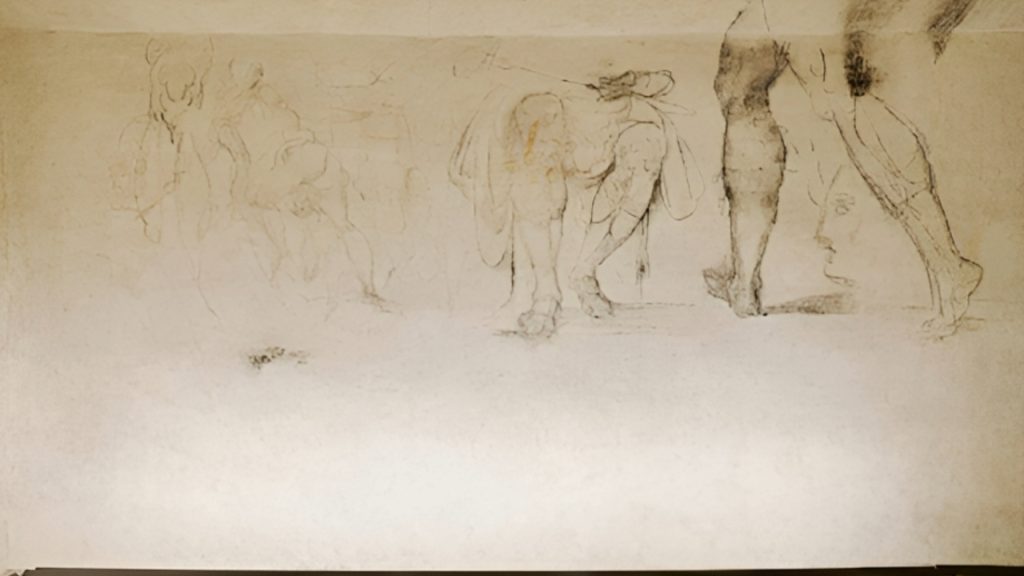
Michelangelo achieved forgiveness from the Medici family some months after the beginning of his self-imprisonment, and returned to work in Florence for several more years before he retreated to Rome for the rest of his life. After his death, the Medici family stole his remains and brought them back to Florence, to be entombed in the Basilica Santa Croce.
The Discovery of the Room
Michelangelo’s life and art is widely documented and studied, but it’s the parts of his life with less information that fascinate historians the most. The period of time that he spent sequestered in a tiny room is something that intrigued historians for years, but for a long time, the location of the room was unknown.
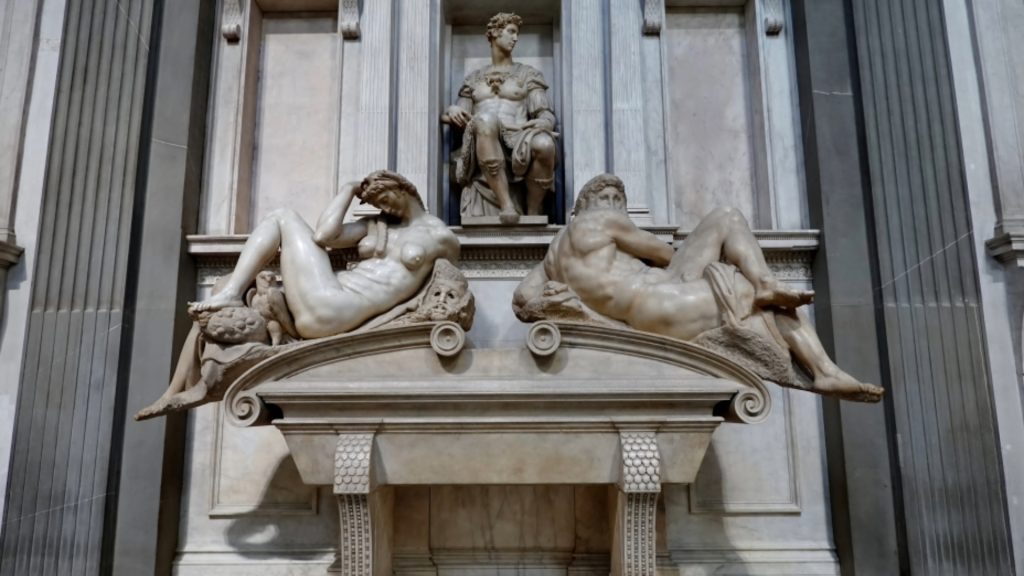
It wasn’t until 1975, when Museum officials were searching for a location to place a new emergency exit for tourists visiting the Medici Chapel, that they stumbled on a trapdoor beneath a wardrobe. The trapdoor opened and led down into a 10-foot wide room, where stripping two layers of plaster from the walls revealed the iconic drawings created by Michelangelo.
A Stunning Secret – With Questions
The museum officials were shocked, and then charmed by the discovery. The drawings on the wall are delicate and contain much of the detail that Michelangelo’s art was known for. For many years, the room was kept hidden away from the public, for fear that exposure would damage the delicate artwork beyond repair or preservation.
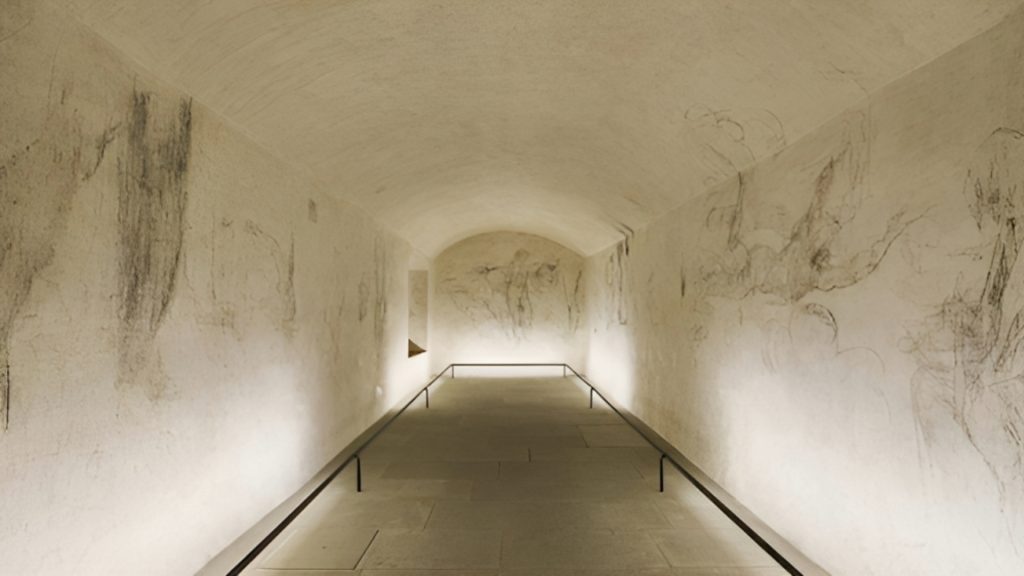
The question of the true origin of the art is something that is hotly debated to this day. Some scholars who have seen the artwork in person fiercely defend the drawings as original Michelangelo artwork. Other art historians are not so convinced, with some believing that some of the drawings could have been the work of Michelangelo’s students.
The Origins are Suspect, But No Less Beautiful
Those who believe that the drawings are the work of Michelangelo claim that they can see the basis of some of his other works in the sketches. One drawing on the far wall is believed to be the legs of Guiliano de Medici, who is stored in the New Sacristy mausoleum near the secret entrance to the room.

Other scholars believe that the paintings are reminiscent of Michelangelo’s work on the Sistine Chapel. The layout of the sketches is similar to the scene of the creation of God, the father, according to Francesca de Luca, the curator of the Capelle Medicee Museum.
The Drawings Are Stunning, Regardless of Who Made Them
Regardless of who you believe did the drawings, it can’t be denied that they were clearly the work of a skilled artist and should be preserved for the sake of art history. In pursuit of that, the room was largely sequestered and kept private for nearly fifty years.
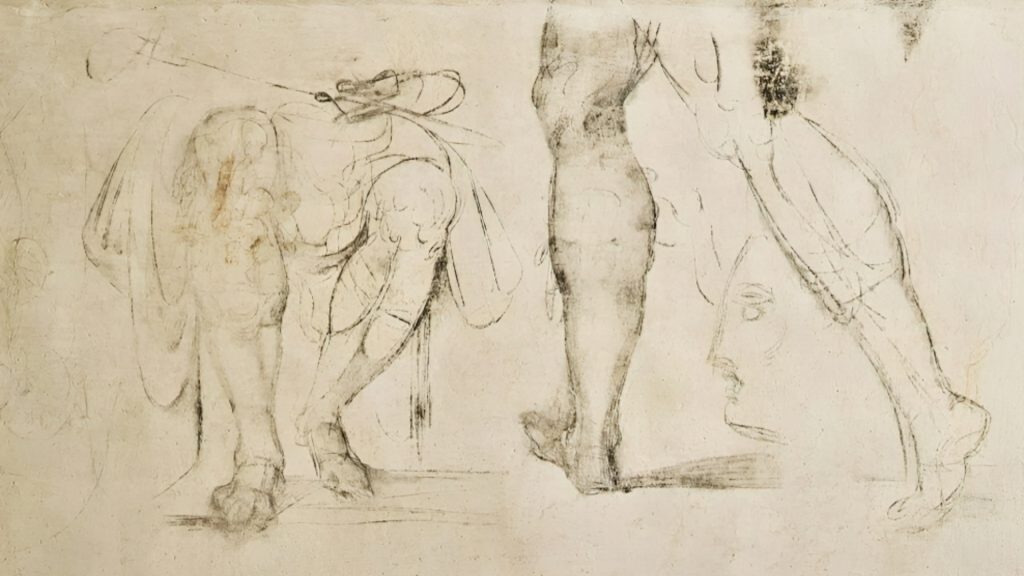
It wasn’t until this year that it was decided that the room could be opened up to new visitors who could come to see the drawings, on an appointment basis. The secret room has officially been opened up to 100 visitors a week, who can visit the room four at a time, for a maximum of fifteen minutes.
Important Reasons for Keeping Visitors Limited
The restrictions on the number of visitors and the time they’re allowed to visit is twofold. First, it allows for a much tighter observation of anyone who is allowed to visit these precious drawings, and ensures that no shenanigans happen with the priceless and delicate pieces of art.
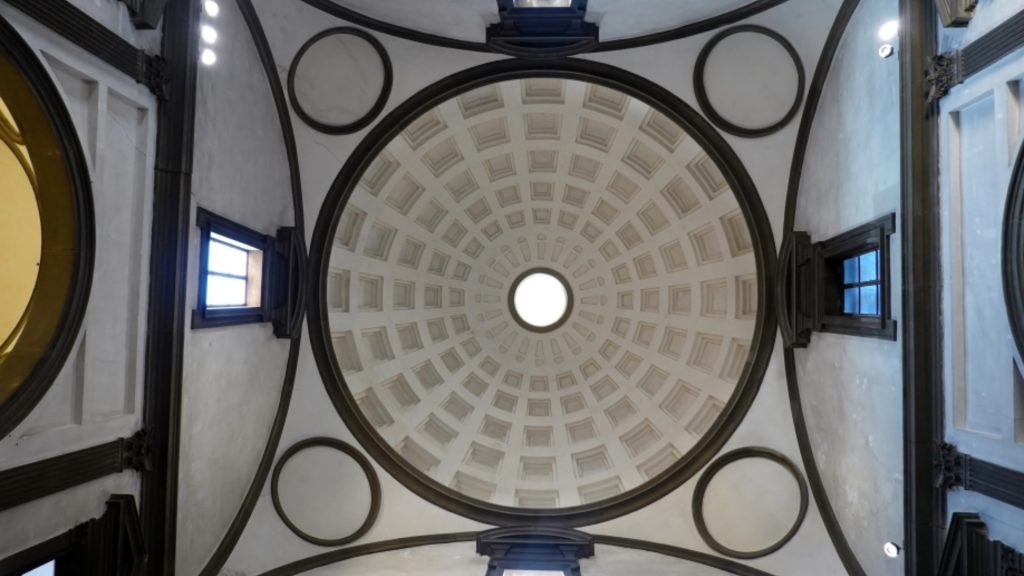
Secondly, and more importantly, it allows the museum officials to keep a tight lid on the preservation of the art. The intent with the short visitation periods and the limited guests is to limit the exposure of the art to LED lights, allowing the drawings to remain in extended periods of darkness.
Visitation Could Be Extended, if the Trial Period Goes Well
The room will only be open to visitors for a limited time, with the space closing to visitors in March of 2024. This initial opening is only a trial period, with the potential of the room being reopened to visitors at a later date if this initial trial goes well.
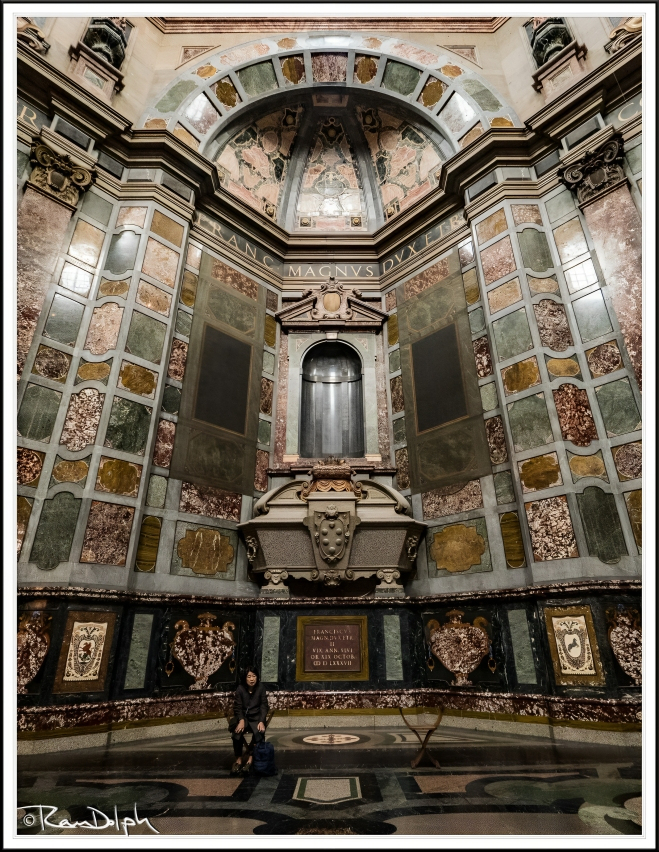
Despite how short the visitation to the room is and the limited time that appointments will be available, this is still an incredible opportunity for anyone who appreciates art or history. The room offers insight not only into a tumultuous period of history, but also the process of one of the great masters of art.
A Peek at the “Divine”
In a statement, de Luca said that the room offers a unique opportunity for anyone interested. Not only to see the beginnings of a famous artist’s process, but also to gain some insight into his reputation as a “divine artist.”
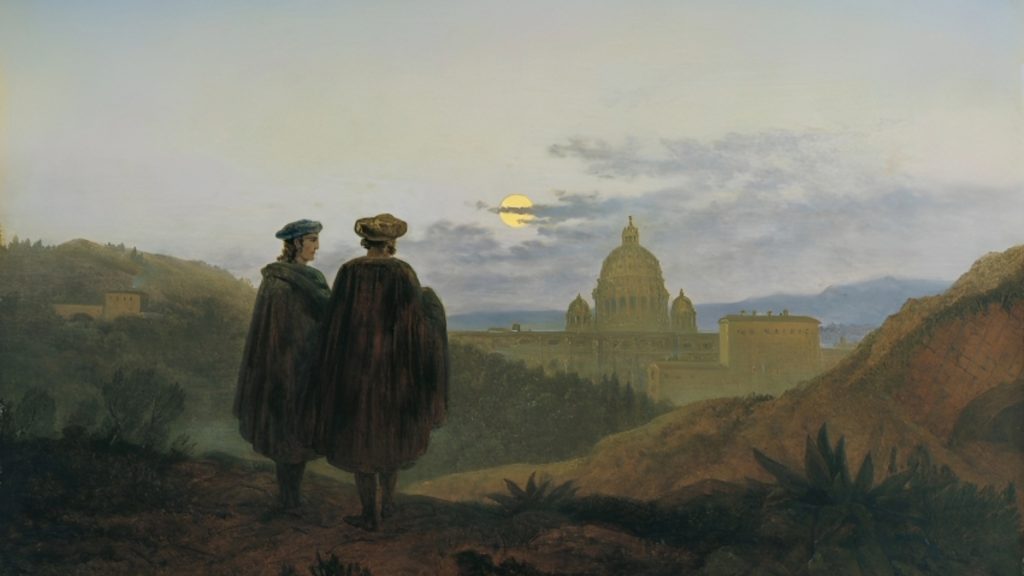
Michelangelo’s skills in painting, drawing, sculpting, architecture, and design earned him a formidable reputation as an artist during his lifetime, and not a small amount of jealousy from fellow artists. They called him the “divine one,” believing him to be the first true master of the various art forms.
A Remarkable Sight, If You Make the Trip
Whether you’re fascinated by the history of Italy and Michelangelo’s part in it, or you just have an appreciation for the fine arts, the opening of Michelangelo’s secret room is something to be celebrated. It gives an opportunity for education to people from all over the world, if they’re inclined to make the trip.
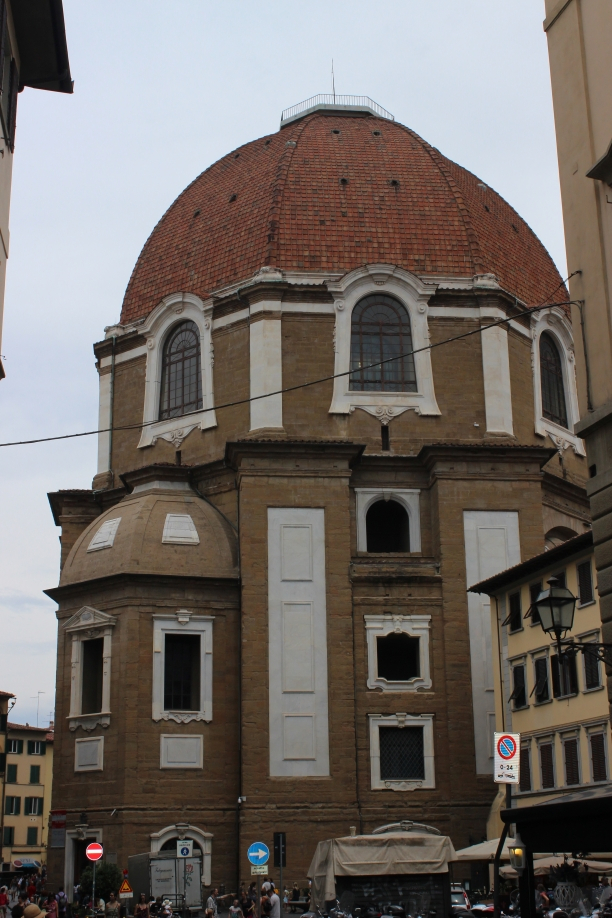
Even those of us who might not want to hop on a flight can appreciate the rarity of this discovery, and applaud the museum for opening up this experience to the public. More knowledge is always a benefit, and Michelangelo will be a subject that fascinates and warrants study for centuries to come.

